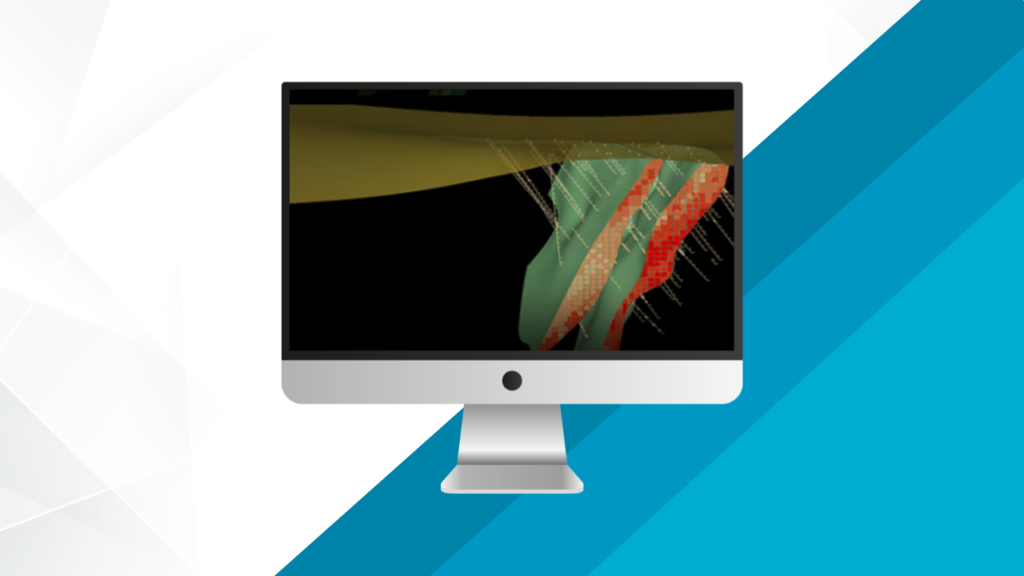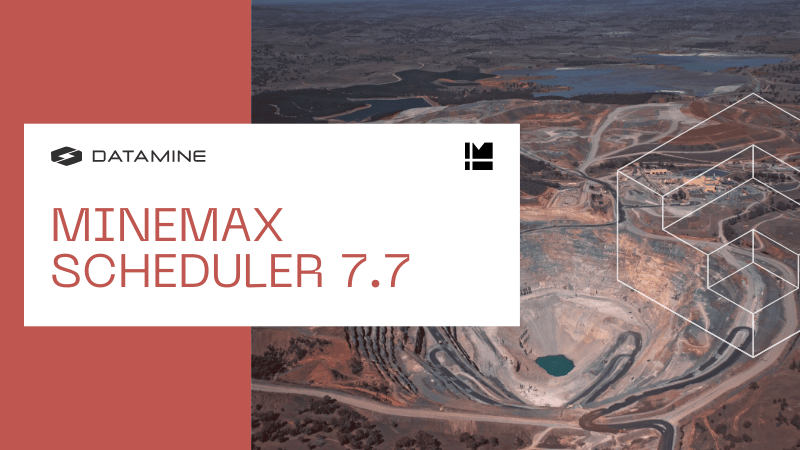Introducing a game-changing update:
Studio RM 2.0 is on the horizon, set to debut in Q4 of this year.
This release represents a monumental leap forward since our transition from Studio 3 to RM, brimming with a multitude of innovative features and exciting enhancements. While it’s impossible to cover them all here, let’s delve into some of the key highlights you can anticipate:
- A brand-new comprehensive tool for importing drillholes from any database (ODBC, Fusion, acQuire, Excel, Text etc.), with best practice validation and desurveying.
- A new implicit modelling tool for modelling faults, with age termination relationships. Fault surfaces are extruded from single or multiple traces, with varying dips / azimuths along the traces.
- Scissors faults (faults which terminate mid-way through a block) have been added to the Veins and Surfaces implicit modelling tool, for creating more geologically realistic faults.
- Upgrades to estimation, with an updated estimation library and speed improvements to Kriging with multiple domains.
- Implicit modelling commands (categorical and grade shells) now optionally snap to drillhole contacts.
- New point cloud reconstruction library for creating surfaces for points (e.g., from survey instruments).
The user interface, visualisation and data display options have also seen significant enhancements.
- An upgraded user interface, with a new look and feel and updated Ribbon layout based on usage analytics and customer feedback.
- A new project data bar for categorization and management of your geological data.
- Improvements to contouring, for creating custom bin intervals and smooth legends for better contour grid plots – great for grade contours.
- Improved visualization of structural data on drillholes, and calculation of structural readings from alpha/beta angles.
We will be providing more information and details over the next few months as we build up to the release.



